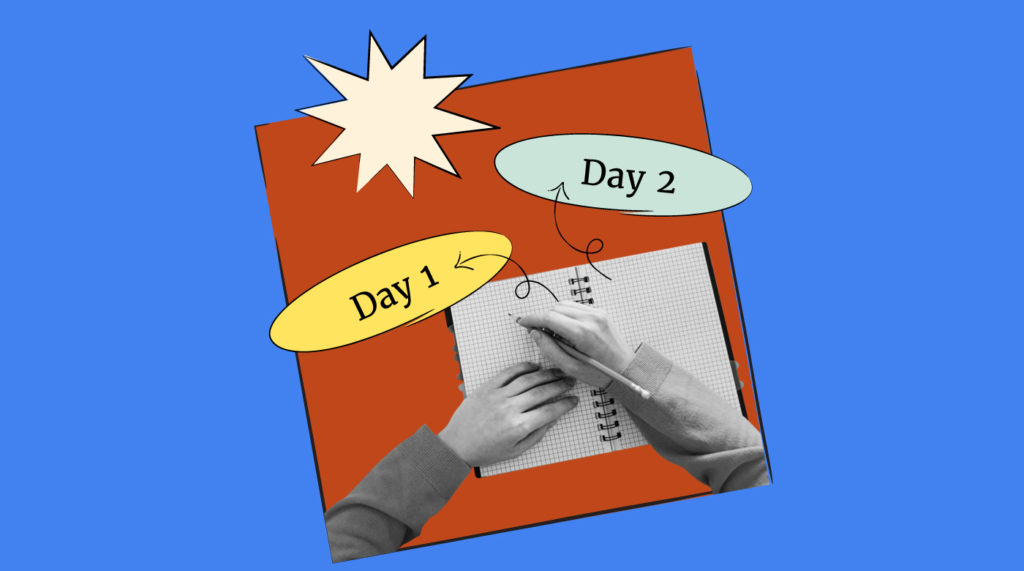An employee orientation program is the process of introducing newly hired employees to your workplace. It provides the basic organizational information your new hire(s) will need to feel prepared for their new team, department, and role within the company.
Typically, employee orientation begins on a new hire’s first day and continues through their first week. It’s way more than just handing them the employee handbook to read. A thoughtfully crafted orientation process will streamline the employee onboarding process and leave your new employee feeling ready and motivated in their new job.
Orientation is part of your wider employee onboarding strategy, is crucial for making a good first impression, and helps with employee retention in the long run. Common new hire orientation activities include:
- Office tours
- Workspace setup
- One-to-one meetings with direct managers
- Ice-breakers with new colleagues
- Buddy or mentorship schemes
- Review of employee handbook (employee handbook software can help)
- Face time with senior leadership
Now you may be asking, “How do I put it all together? Which activities should come first? How long should I spend on each activity?”
To help you with that we’ve provided a sample agenda for a two-day orientation program below. You can use this as a sort of new employee orientation checklist to ensure nothing is missed when onboarding new hires.
The Ultimate Employee Orientation Template
Instructions for using the template
The sample agenda template is presented as a fully editable series of tables, one for each of the two days. You can print these tables off as they are, add notes and comments, and physically check off activities as they’re completed.
However, we recommend that you and your human resources partner work with your new hire to enter these activities as appointments in their digital calendar, or as digital tasks/reminders that you or they can check off as they’re completed.
For some of the agenda items, we’ve provided some specific examples of the kinds of activities you’ll want to review or complete (e.g. “create trust agreement” as part of the “one-on-one meeting” agenda item).
How much time should each orientation activity take?
We’ve recommended the amount of time to be allocated for each agenda item and who should organize and conduct each activity. We assume a standard work start time of 9 am with a later start time for the first day. This will vary depending on your organization’s standard (or flexible) work hours.
Who is responsible for the employee orientation activities?
The person responsible for organizing some agenda items may need to be modified depending on the individuals and teams available in your organization.
If you’re a small business or startup, for example, you may not have a human resources person, office manager, administrative assistant, or designated “mentor” or “buddy.”
In such scenarios, leveraging onboarding software can be a game-changer. It can help identify and assign the right people for these tasks, ensuring that the organization runs smoothly despite the lack of specialized roles.

